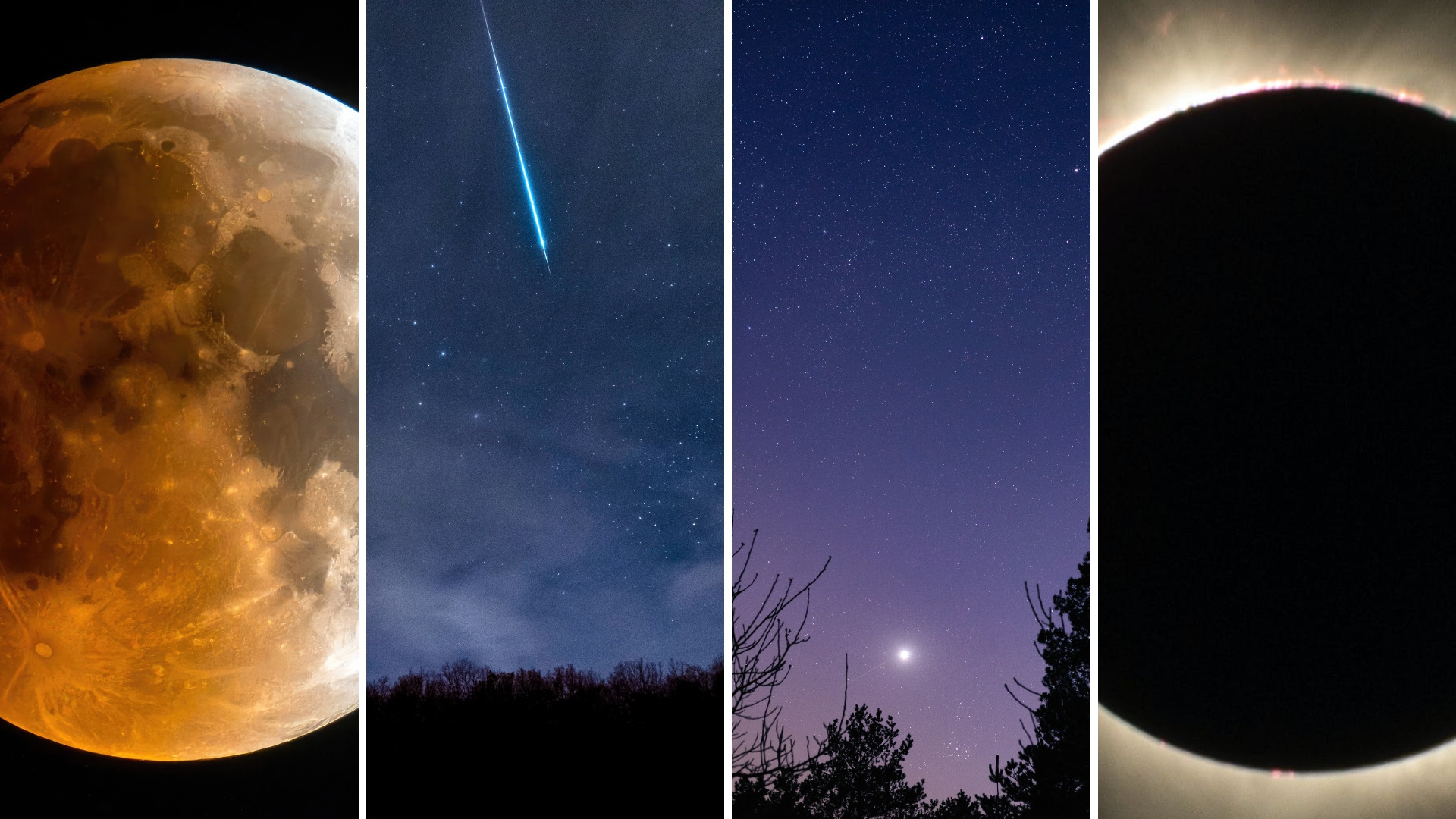40 years on, 'Return of the Jedi' is still up there with the best of 'Star Wars'
As the original trilogy closer turns 40, 'Return of the Jedi' can still hold its own against almost everything that followed.
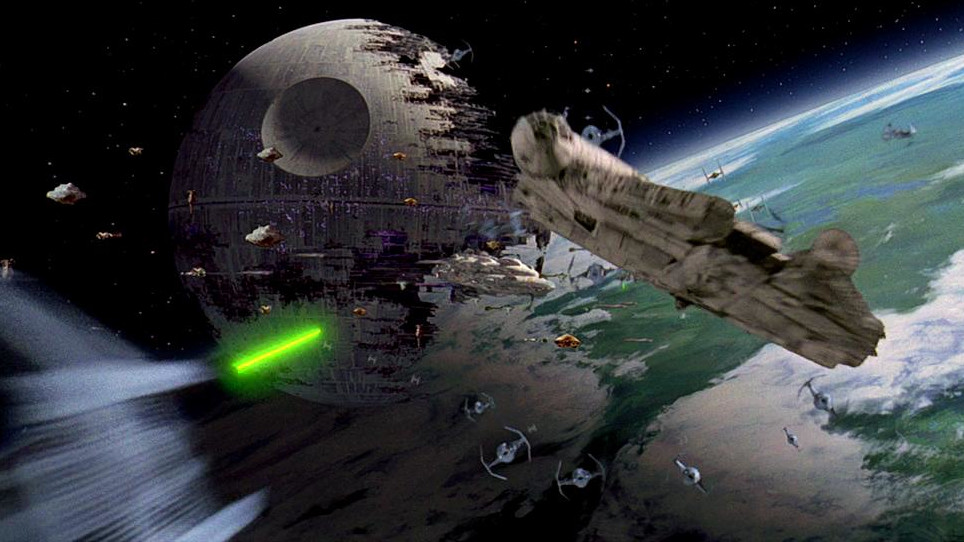
Hype is an overused word in Hollywood but in the context of "Return of the Jedi", it was entirely justified. For three whole years, planet Earth had been on tenterhooks, waiting to find out what Luke Skywalker's parentage meant for that galaxy far, far away, and whether there was any way back for Han Solo after being turned into a novelty coffee table.
In the wake of "The Empire Strikes Back"'s famous cliffhangers, it's no surprise that "Return of the Jedi" was a box office smash. But not everyone was pleased with what "Star Wars" creator George Lucas and his director, Richard Marquand, had delivered.
For some viewers "Jedi" was just the one with the teddy bears (sorry, Ewoks), a glorified toy advert with a saggy middle act and too much sentimentality. It was the one where Han, "The Empire Strikes Back'"'s MVP, spent much of the movie reduced to a mere bystander, where iconic bounty hunter Boba Fett went out in a blaze of embarrassment, and – in a barely plausible, out of nowhere twist – Leia turned out to be Luke's twin sister. What are the chances?
All of these criticisms are justified. "Return of the Jedi" is undoubtedly the weakest of the original trilogy, and for the first 16 years of its life it was regarded as the worst "Star Wars" movie.
And yet these things are relative, because 40 years and eight films later, there's no question the sixth instalment of the Skywalker Saga is up there with the best Star Wars movies. At the very least, it beats the prequels, "Solo: A Star Wars Story" and the movies' current nadir, "The Rise of Skywalker", hands down.
Related: Star Wars movies in order
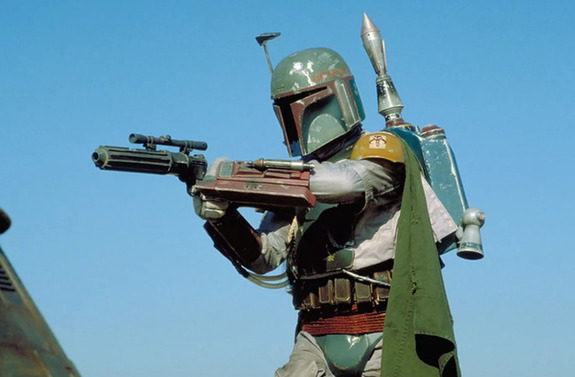
Getting "The Empire Strikes Back" to the screen had been a torturous process for George Lucas. Effectively the world's biggest independent filmmaker, he was betting "everything I owned" on the movie being a hit, and he came perilously close to running out of money on several occasions. When "Empire" became a runaway success, however, all those concerns evaporated. That's clear from the ambition of "Return of the Jedi", where everything is bigger – often exhilaratingly so.
Breaking space news, the latest updates on rocket launches, skywatching events and more!
Luke Skywalker's home planet, Tatooine, has been a mainstay of "Star Wars" since the original movie but it's never been a more exciting place to visit than it is here. Ruled by "vile gangster" Jabba the Hutt – himself a wonderful creation – this wretched hive and scum and villainy is a feast for the eyes, packed with action figure-ready alien races who've regularly cropped up across the franchise ever since.
This variety continues in the Rebel Alliance briefing ahead of the Death Star II assault, in which the old guard are joined by new faces such as Admiral Ackbar (a Mon Calamari), Nien Nunb (a Sullustan) and Orrimaarko (a Dressellian). Despite barely appearing on camera, the latter was also immortalized in plastic as "Prune Face" – his closest brush with stardom was arguably this "Robot Chicken" sketch.
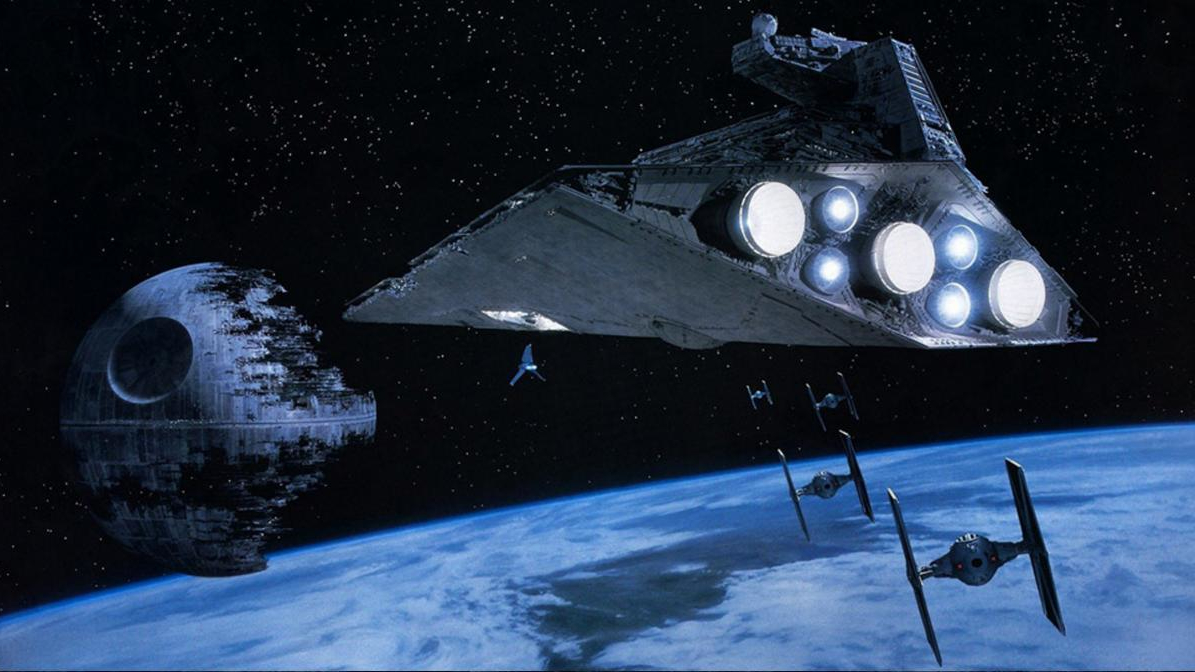
The action set-pieces also rank among the best in "Star Wars" history. The whole Jabba sequence is the ideal palate cleanser before the story returns to the hurly-burly of the Galactic Civil War, but the pivotal fight above the Sarlacc is the notable standout. A spectacularly chaotic scrap, it harks back to the adventure serials that inspired "Star Wars" in the first place. It's still a shame what happened to Boba Fett, though.
The much-imitated Speeder Bike chase is a glorious excuse for Lucas to recall his youthful penchant for fast cars, while the space battles really are out of this world. Indeed, Lucas's in-house effects team at Industrial Light & Magic excelled themselves so much with their maelstrom of A-, B-, X- and Y-wings – not to mention the new armored space station even more powerful than the first dreaded Death Star – that it arguably remains the big screen's best ever example of model-based, pre-CG space battles.
In fact, "Return of the Jedi" always looked so good that there wasn’t much Lucas could improve when he gave the film a digital makeover for 1997's Special Edition and the 2004 DVD release. Compared to "A New Hope"'s augmented X-wings and "Empire"'s subtle cosmetic touch-ups, the new song-and-dance number (complete with a tour around the hottest victory parties in the galaxy) and the surprise cameo for the prequel model Anakin Skywalker, Hayden Christensen, felt like change for change's sake.
With the thawed-out Han more of a bit-part player – he barely even gets to fly the Millennium Falcon – "Return of the Jedi"'s dialogue lacks the snap of the more quotable "Empire". Nonetheless, the studious Luke Skywalker finally gets to fulfill his destiny as the savior of the galaxy, and come the final act, his journey certainly lives up to the billing. That owes a lot to Ian McDiarmid's scenery-chewing performance as the trilogy's antagonist-in-chief, the new-look Emperor. For his brief appearance in "The Empire Strikes Back", Palpatine was played by an unlikely chimera of actor Marjorie Eaton, the voice of Clive Revill and the eyes of a chimpanzee. And then who can forget the pivotal lightsaber duel on the Death Star.
Subsequent 'saber battles may have been faster and more intricate, but few can compete with the emotional stakes of this battle for the souls of two generations of Skywalker. When Darth Vader eventually redeems himself by chucking his boss down a reactor shaft, it's one of the most powerful moments in the entire saga – that you're saddened by the death of a character who, just moments earlier, was the (second) baddest guy in the galaxy hints at more emotional depth than "Star Wars" is usually credited with.
But beyond everything else there's one thing that sets "Return of the Jedi" apart from every other movie in the canon – its fully functioning ending.
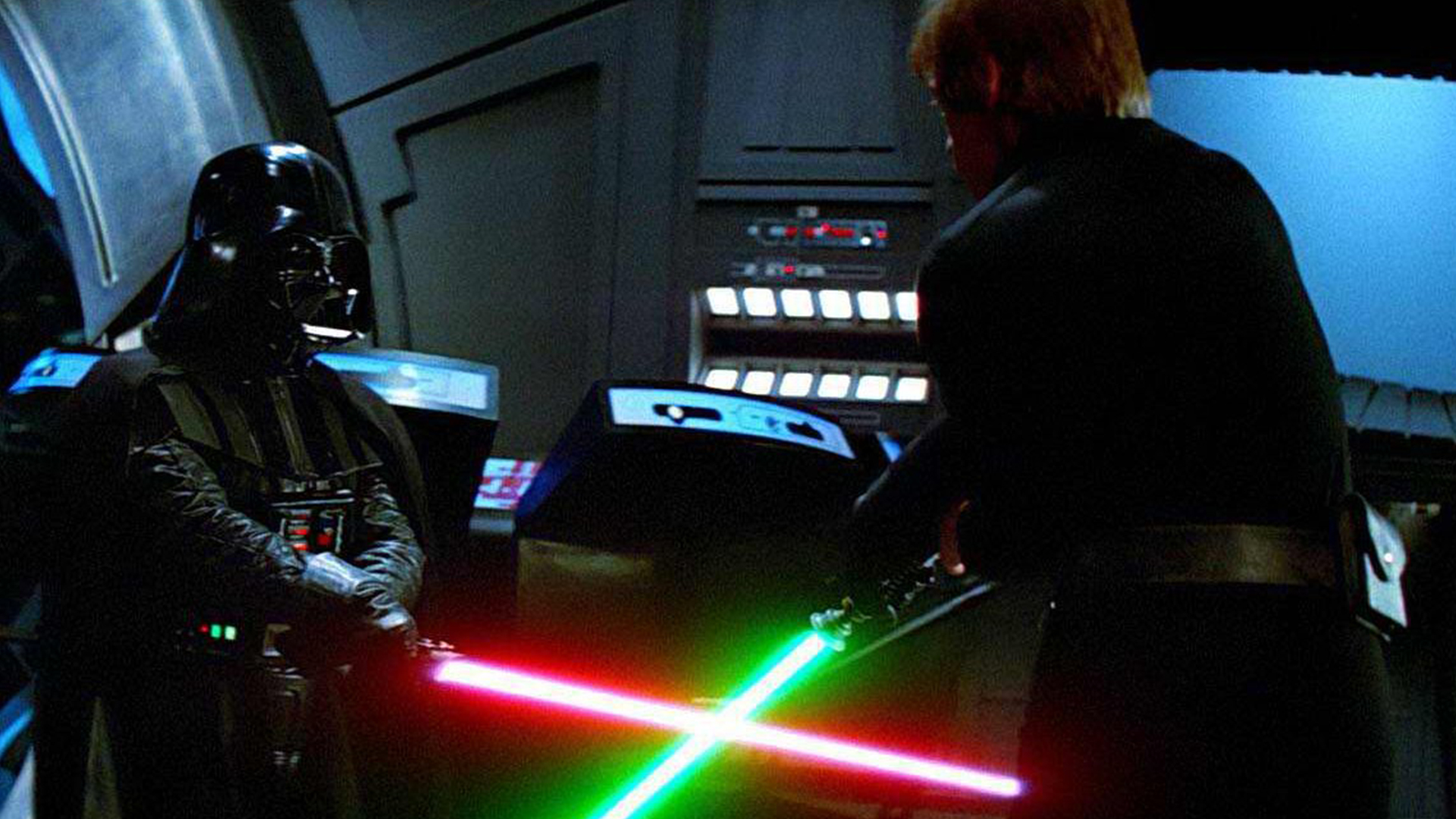
Yes, the story has since been continued in "The Mandalorian" and the three sequel movies, but for 32 years, the triple whammy of Luke earning his Jedi stripes, the destruction of the Death Star and the death of Palpatine were a proper full stop. ("The Rise of Skywalker" tried to do a similar job but – like the movie as a whole – the ending was simply a rehash of past glories.)
"Return of the Jedi"'s conclusion brought Luke Skywalker's arc to a satisfying close, but – as subsequent movies and TV shows, not to mention decades' worth of non-canon books and comics, have proved – it also offered up possibilities. After "Return of the Jedi", "Star Wars" could have gone anyway it wanted to. But even if the franchise had left it there, it would still have stood up as outer space's greatest happily (almost) ever after.
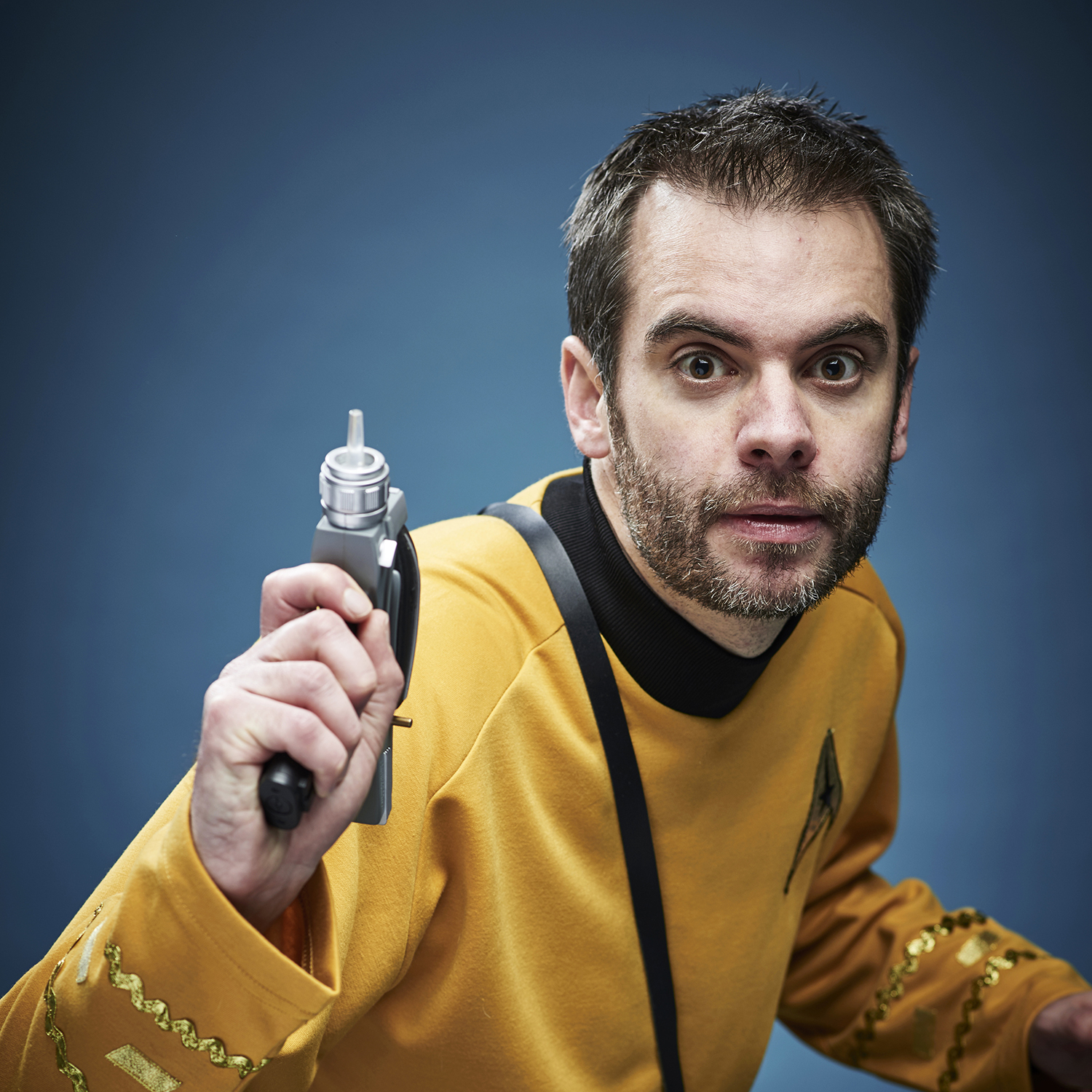
Richard's love affair with outer space started when he saw the original "Star Wars" on TV aged four, and he spent much of the ’90s watching "Star Trek”, "Babylon 5” and “The X-Files" with his mum. After studying physics at university, he became a journalist, swapped science fact for science fiction, and hit the jackpot when he joined the team at SFX, the UK's biggest sci-fi and fantasy magazine. He liked it so much he stayed there for 12 years, four of them as editor.
He's since gone freelance and passes his time writing about "Star Wars", "Star Trek" and superheroes for the likes of SFX, Total Film, TechRadar and GamesRadar+. He has met five Doctors, two Starfleet captains and one Luke Skywalker, and once sat in the cockpit of "Red Dwarf"'s Starbug.

